Zebras aren’t just horses in fancy pajamas.
They’re wild, weird, and full of surprises. Sure, the stripes are iconic—but there’s a whole lot more going on under that stylish coat.
These animals live fast, fight hard, and rely on tight-knit crews to survive the chaos of the African plains. They have superpowers hidden in their biology, quirks that baffle scientists, and personalities that make them stand out from every other hoofed creature on Earth.
Think you know zebras? Think again.
These 13 facts will flip what you thought you knew on its head—and make you see stripes in a whole new way.
The Enigma of Stripes
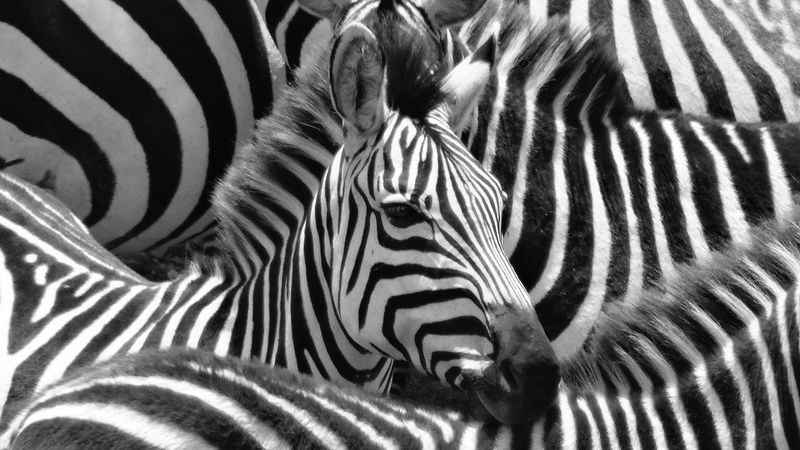
Zebras are renowned for their striking black and white stripes. But did you know these stripes are as unique as human fingerprints? Each zebra boasts a pattern that sets it apart from others.
The purpose of these stripes is still a topic of debate. Some suggest they act as camouflage, confusing predators in the wild. Others propose they help regulate temperature.
Regardless of their purpose, these stripes are an unmistakable symbol of the zebra’s identity and mystique, captivating all who see them in the wild.
Social Butterflies of the Savannah
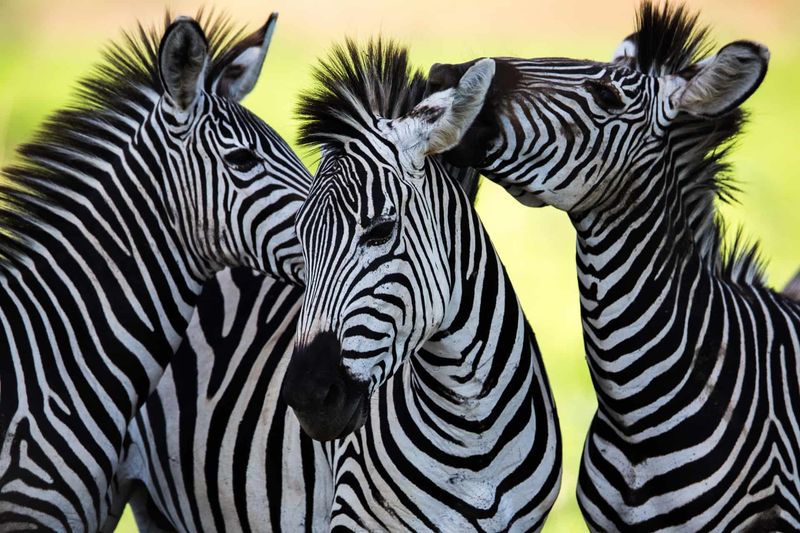
Zebras are known for their strong social bonds. Living in groups known as harems, these creatures form close-knit communities. Within these groups, zebras groom each other, which strengthens their bonds.
This social structure also provides protection from predators. Zebras communicate through vocalizations and body language, expressing a range of emotions.
This intricate social behavior highlights their intelligence and adaptability, making them fascinating subjects of study for researchers and wildlife enthusiasts alike.
Zebra Migration Marvels
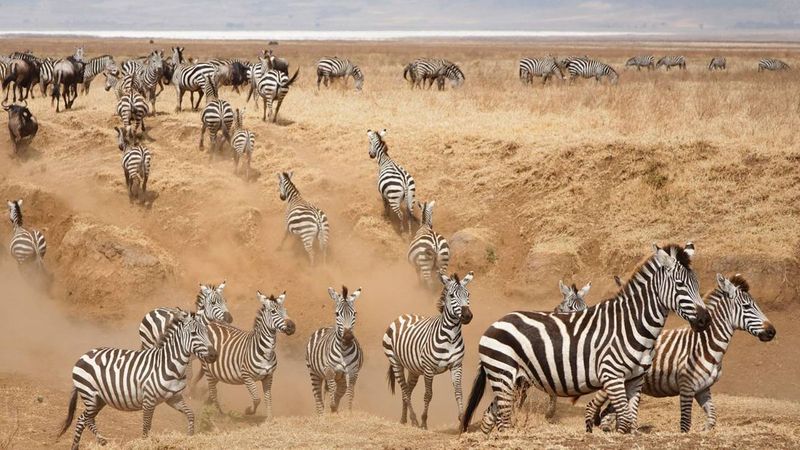
Witnessing a zebra migration is a sight to behold. These incredible journeys can cover hundreds of miles, driven by the search for fresh grazing grounds and water. During these migrations, zebras exhibit incredible endurance and navigation skills.
They are guided by memory and instincts, knowing exactly where to go. This phenomena is not just a survival strategy but a testament to the zebra’s resilience and adaptability in the face of changing environments.
The Art of Communication
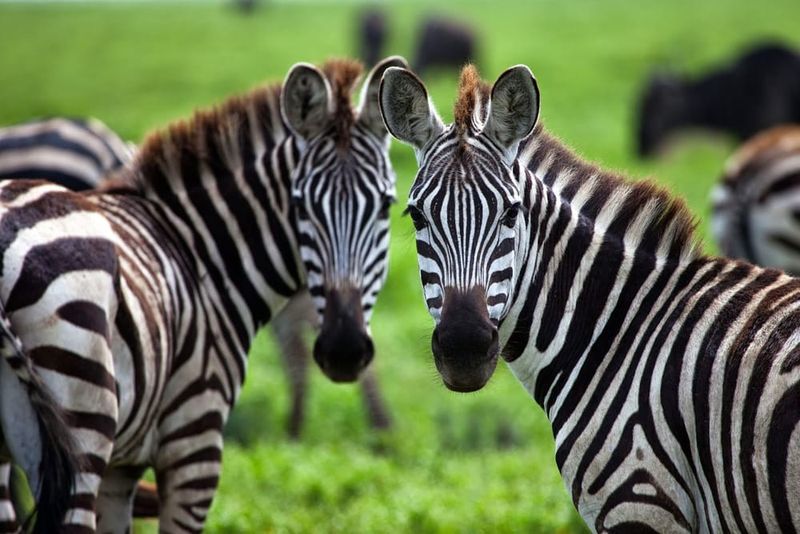
Zebras have a sophisticated way of communicating. They use a combination of vocalizations, facial expressions, and tail movements to convey messages. For instance, when threatened, a zebra will raise its ears and show its teeth.
These gestures are understood by other zebras, helping them respond appropriately. This nuanced communication system is essential for maintaining harmony in the herd and ensuring survival in the wild, showcasing their intelligence and social complexity.
Masterful Stripe Illusion
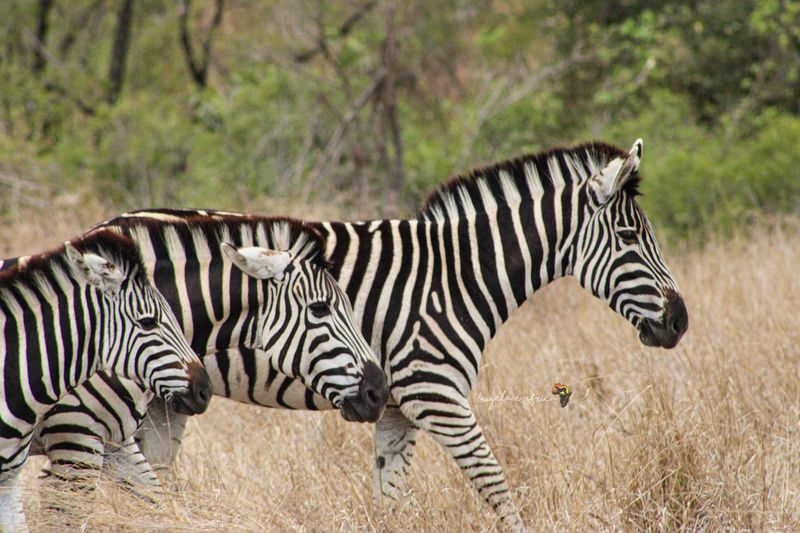
The zebra’s stripes create a mesmerizing optical illusion. When zebras stand together, their stripes blend, confusing predators. This visual trickery makes it difficult for predators to single out an individual zebra, offering protection.
The stripes also play a role in social identification, helping zebras recognize one another. This aspect of zebra life emphasizes the importance of their patterns beyond mere aesthetics, revealing a fascinating facet of their survival strategy.
Adaptation to Environment
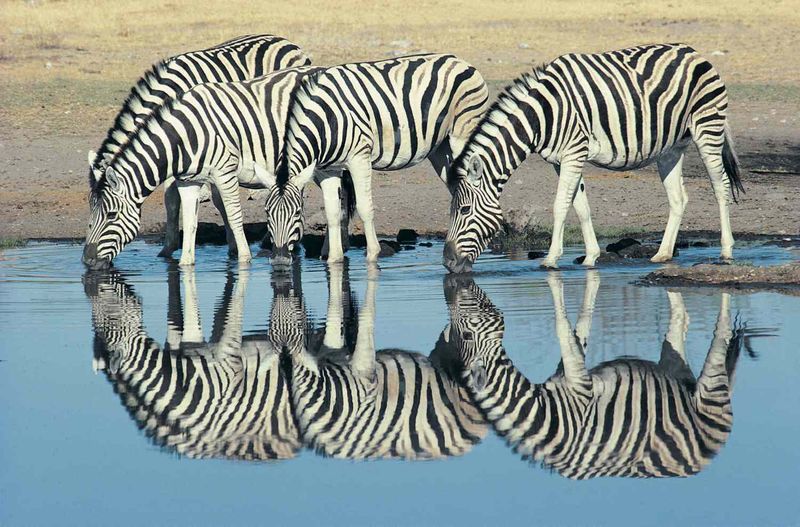
Zebras are incredibly adaptable creatures, thriving in various environments. From savannahs to desert edges, they cope with diverse habitats. Their digestive systems allow them to process a wide range of grasses, which many other grazers cannot.
This dietary flexibility is a key survival trait, enabling them to endure harsh conditions and fluctuating resources. Zebras’ adaptability is a testament to their resilience and evolutionary success, allowing them to flourish in ever-changing landscapes.
Unique Stripe Functions
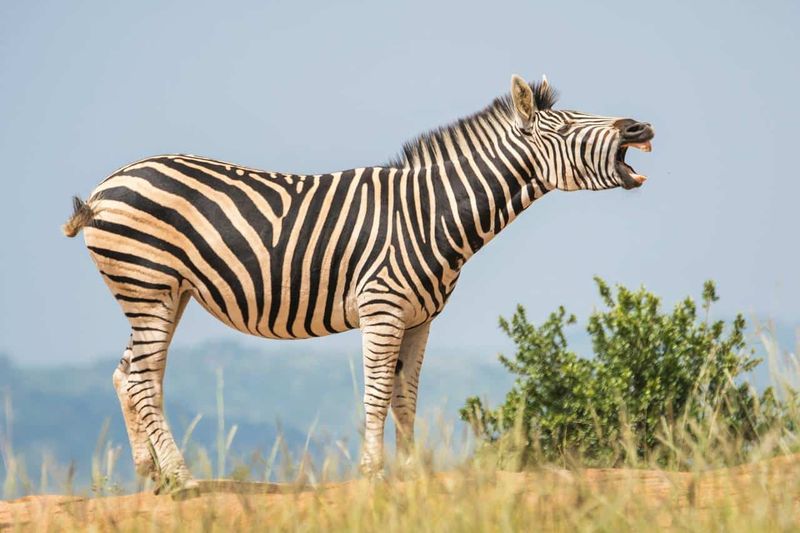
The zebra’s stripes are more than just visually striking. Recent studies suggest they may help repel biting flies and insects. The black and white pattern creates a heat differential that deters insects from landing.
This natural insect repellent is crucial, as it reduces the risk of disease transmission. Such an adaptation highlights the zebra’s remarkable evolutionary journey and the intricate connections between its physical features and environmental challenges.
Zebra Intelligence
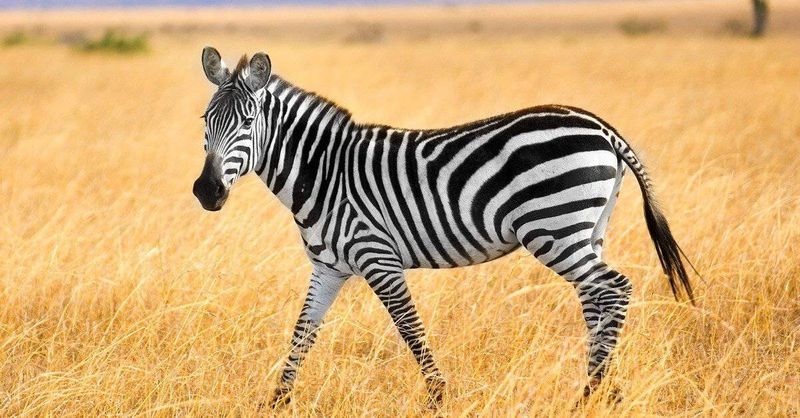
Zebras are more intelligent than often assumed. They demonstrate problem-solving skills and have been observed using tools or manipulating objects in their environment. Zebras learn from experience and adapt their behavior to overcome challenges.
Such cognitive abilities are essential for survival, allowing them to navigate complex social hierarchies and environmental demands. This intelligence sets zebras apart, revealing a depth to their character that goes beyond their iconic appearance.
Survival Through Speed
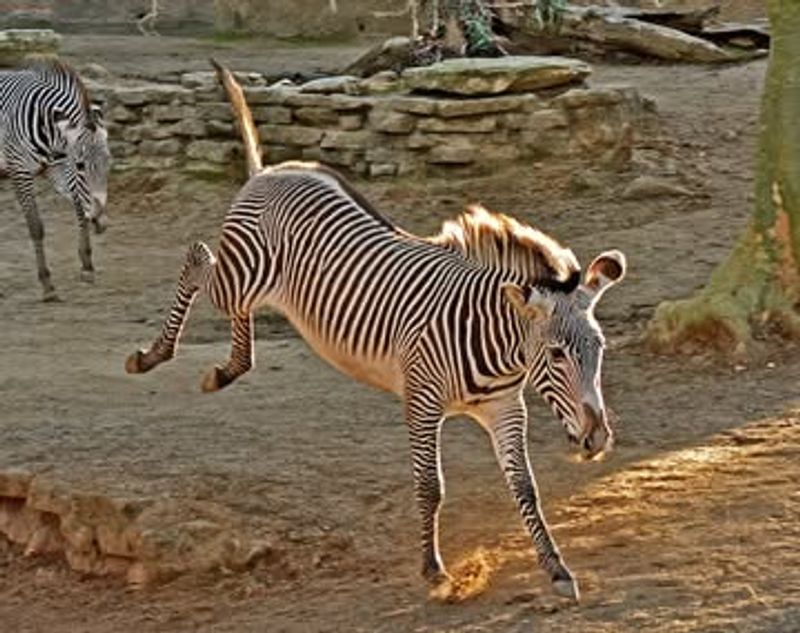
Speed is a zebra’s ally against predators. These animals can run at speeds of up to 65 kilometers per hour. This impressive velocity, combined with stamina, allows zebras to escape threats effectively.
Their strong legs and agile bodies enable quick turns and sudden bursts of speed. This ability to outrun predators underscores the zebra’s survival instinct and physical prowess, making them formidable inhabitants of their natural world.
The Family Bond
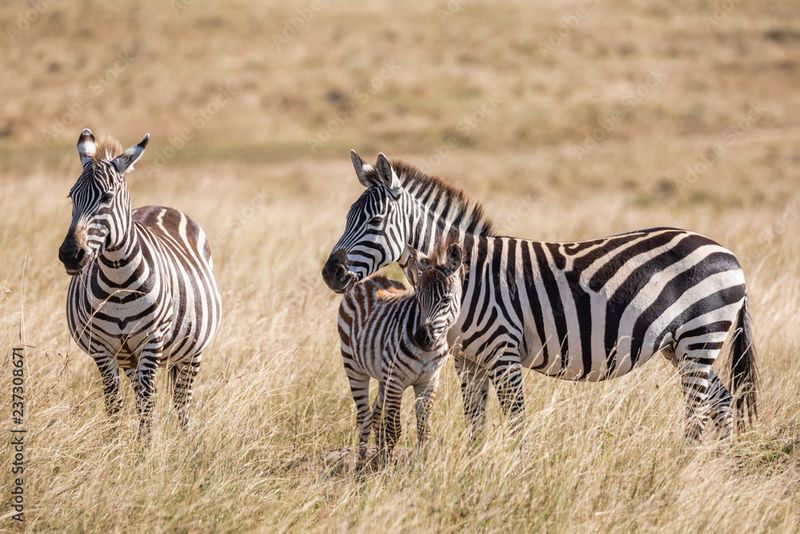
The family unit is central to zebra life. Foals recognize their mother’s unique stripe pattern soon after birth, fostering a strong bond. Mothers are fiercely protective, nurturing their young with care.
This familial connection ensures the foal’s survival and integration into the herd. Zebras teach their young essential life skills, preparing them for independence.
Such strong family dynamics highlight the emotional depth and social complexity of zebras, painting a picture of harmonious living in the wild.
Zebra’s Night Vision

Zebras are equipped with superior night vision, an essential trait for survival. Their eyes, adapted for low light, allow them to detect predators even in the dark. This nocturnal vigilance ensures their safety during the night, when many predators are most active.
The ability to see clearly in the dark gives zebras a significant survival advantage, enabling them to navigate and graze safely under the cover of darkness.
The Call of Nature
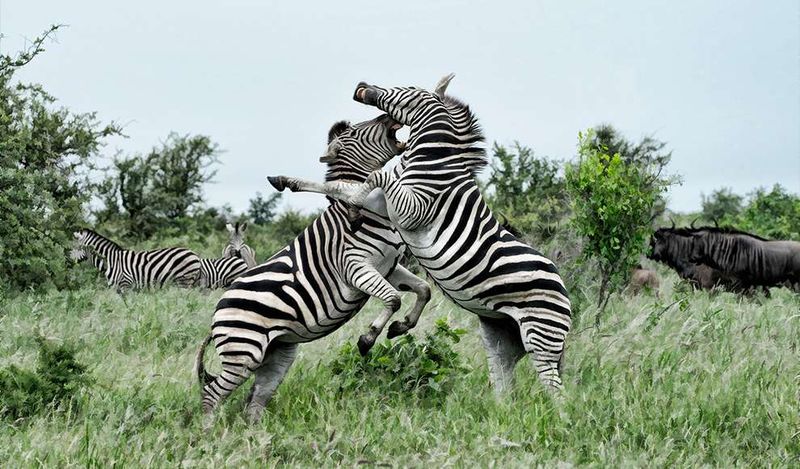
Zebras have a distinctive vocalization system that plays a crucial role in their social life. They produce a variety of sounds, including barks, brays, and snorts, each serving a different purpose.
These vocalizations help maintain herd cohesion and facilitate communication over distances. The intricate call system demonstrates the zebra’s sophisticated social structure and highlights the importance of sound in their daily interactions and survival in the wild.
Zebras’ Strong Memory
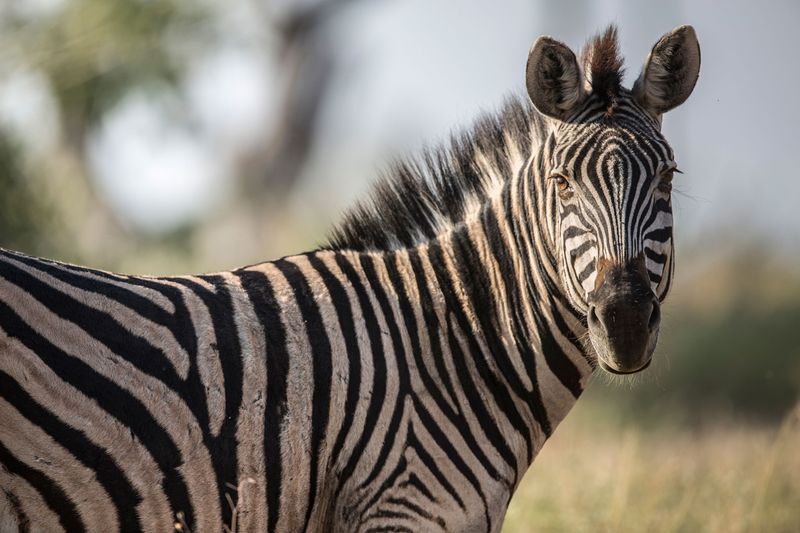
A zebra’s memory is surprisingly strong. They can remember locations, paths, and even specific individuals within their herd. This memory aids in migration and helps them navigate their environment.
Recognizing members of their group is vital for social cohesion. Such memory capabilities highlight the zebra’s cognitive strengths, ensuring their survival and success in the wild.
It’s a testament to their intelligence and the complex dynamics of their social world.

